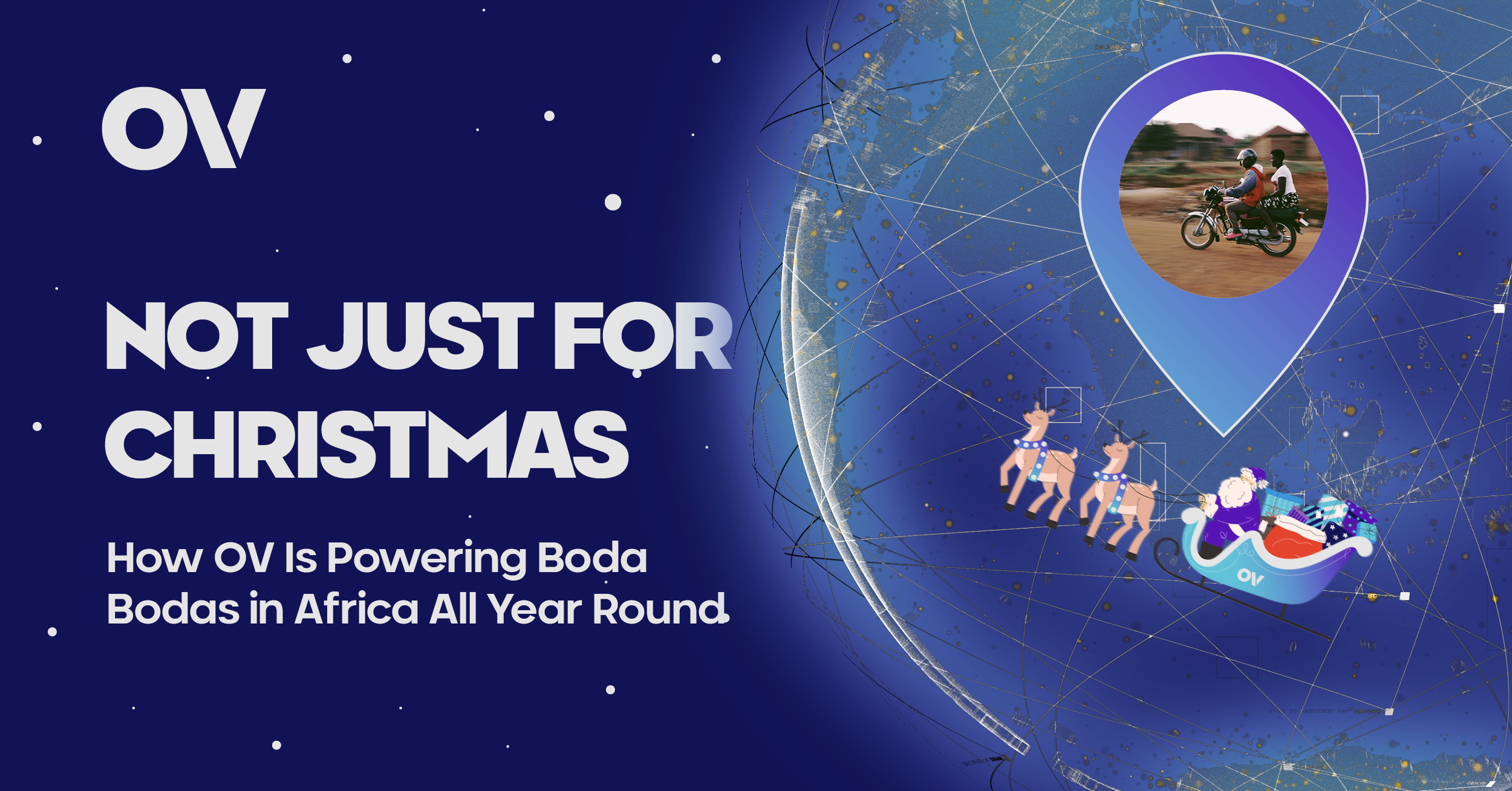Originally published
April 23, 2025
Last Updated
July 9, 2025
At OV, we’re not just connecting people—we’re connecting everything. From smart homes and wearable tech to industrial sensors and autonomous vehicles, the rise of the Internet of Things (IoT) is changing the world. And at the heart of it all? Mobile networks.
As a future-focused mobile network operator, we’re proud to support the technologies that have enabled billions of devices to connect seamlessly. Let’s explore the evolution of mobile networks—from 2G to VoLTE—and how each generation has helped shape the world of IoT.
2G – Laying the Groundwork for Machine Communication
When 2G launched in the early '90s, it revolutionised communication by going digital. Beyond enabling voice calls and SMS for people, it also laid the groundwork for basic machine-to-machine (M2M) communication—the early precursor to IoT.
Applications like remote monitoring, basic telemetry, and SMS-based alerts began to emerge, using low-bandwidth 2G connections. At OV, our legacy 2G services provided reliable, energy-efficient connectivity ideal for early IoT devices like vending machines, parking meters, and utility sensors.
3G – A New Era for Smart Devices
3G introduced mobile internet, allowing devices to transmit more data more reliably. This gave rise to smart devices capable of more complex tasks—think GPS trackers, early wearables, and connected vehicles.
With 3G infrastructure, OV enabled businesses to deploy remote-controlled systems, collect richer datasets, and begin automating operations using mobile connectivity.
4G – Powering Scalable, Real-Time IoT
4G wasn’t just about speed for consumers—it was a game-changer for the IoT industry. Its high bandwidth, low latency, and reliable performance opened the door to scalable, real-time IoT solutions.
Today, OV’s 4G global network powers a wide range of connected use cases:
· Smart cities: Intelligent streetlights, traffic monitoring, and environmental sensors
· Healthcare: Real-time patient monitoring and mobile diagnostics
· Industry 4.0: Remote sensors, predictive maintenance, and automated logistics
· Lone Worker: Supporting those in the field, providing real-time monitoring to offer peace of mind.
With robust 4G coverage and support for NB-IoT and LTE-M, we deliver cost-efficient, battery-friendly connectivity for thousands of IoT devices per square kilometre.
VoLTE – Clearer Calls, Smarter Networks
VoLTE (Voice over LTE) isn’t just about HD voice calls—it frees up spectrum, enhances data efficiency, and simplifies device ecosystems by keeping everything on a single, modern network. For IoT, this translates to:
· Faster call setup for voice-enabled devices
· Consistent connectivity during voice-data interactions
· Extended network life for IoT infrastructure as older networks sunset
VoLTE also enables voice services in connected environments—like smart home hubs, voice-controlled appliances, and hands-free navigation systems.
Looking Ahead: WorldOV & the 5G IoT Revolution
As we roll out 5G, we’re entering a new phase of IoT evolution—where ultra-low latency, massive device connectivity, and guaranteed QoS (Quality of Service) will support a range of businesses.
Why IoT Innovators Choose WorldOV
· Nationwide 4G/VoLTE coverage with NB-IoT and LTE-M support
· Secure, scalable SIM management and device provisioning
· Custom IoT connectivity solutions for every industry
· Ready for the next wave of 5G-connected intelligence
· Connect What Matters with WorldOV
The mobile network is the invisible force behind the connected world. At OV, we’re proud to power the next generation of devices and experiences—securely, reliably, and intelligently.
Looking to launch or scale your IoT deployment?
Partner with OV—because everything works better when it’s connected.
READ MORE
DISCOVER MORE NEWS AND DEVELOPMENTS IN IOT & GLOBAL CONNECTIVITY





